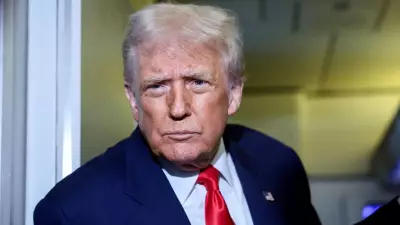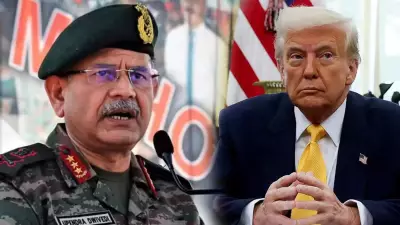
Federal Reserve Faces Unprecedented Policy Split
The Federal Reserve is experiencing one of the most significant internal divisions during Chair Jerome Powell's nearly eight-year leadership, as officials clash over whether persistent inflation or a slowing labor market poses the greater threat to the US economy. This deepening rift has complicated what appeared to be a clear path for interest rate cuts just two months ago.
When policymakers agreed to cut rates by a quarter percentage point in September, 10 of 19 officials had projected additional reductions for both October and December. However, the consensus quickly unraveled as inflation concerns mounted and economic data became scarce due to the government shutdown.
The Hawk vs Dove Battle Intensifies
The debate reached a boiling point at the contentious October meeting, where officials reduced rates again to the current range between 3.75% and 4%. A growing contingent of inflation hawks forcefully challenged the presumption of a third consecutive cut in December, arguing that the central bank should pause and assess the economic landscape.
Powell himself acknowledged the divisions, stating at the October press conference that a December rate cut was far from certain. His unusually blunt remarks reflected the need to manage a committee divided by seemingly unbridgeable differences.
The government shutdown exacerbated the situation by cutting off access to crucial employment and inflation reports that typically help reconcile such policy disagreements. This data vacuum allowed officials to rely on private surveys and anecdotes that reinforced their existing positions.
Stagflation Concerns and Economic Uncertainty
The core of the debate stems from the unusual economic conditions the US currently faces: simultaneous upward pressure on inflation and stagnant job growth - a combination economists refer to as stagflation. Many experts attribute this challenging scenario to the Trump administration's sweeping policy changes on trade and immigration.
The last official data released before the government shutdown showed a key inflation measure at 2.9% in August, uncomfortably above the Fed's 2% target and up from 2.6% earlier in the spring. Meanwhile, monthly payroll growth has dramatically slowed from 168,000 in 2024 to just 29,000 on average for the three months through August.
Officials are divided on three critical questions that will determine the future path of interest rates. First, whether tariff-driven price increases will prove temporary or persistent. Second, if the slowdown in job growth reflects weaker demand or reduced labor supply due to immigration changes. Third, whether current interest rates remain restrictive enough to control inflation.
As Diane Swonk, chief economist at KPMG, noted: "It was easier to forecast that we'd have a mild bout of stagflation. It's another thing to live it."
The December 9-10 meeting remains highly uncertain, with some officials viewing the December and January meetings as largely interchangeable. Another possibility being discussed involves pairing a December cut with guidance that sets a higher bar for future reductions.
With prominent Fed officials including Kansas City Fed President Jeff Schmid dissenting against recent cuts, and others like Cleveland's Beth Hammack and Dallas's Lorie Logan publicly opposing rate reductions, the stage is set for one of the most closely watched Fed decisions in recent memory.





